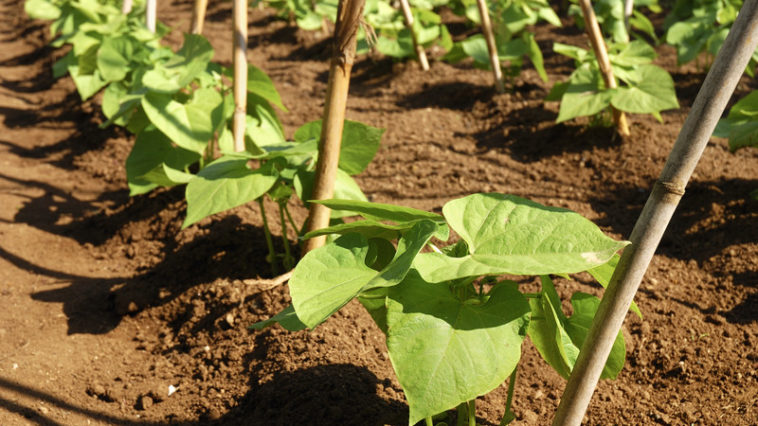From the Garden
-
How to Grow Sweet Alyssum — Lobularia
Lobularia–commonly called sweet alyssum–has fragrant white blooms from late spring to early fall. Sweet alyssum is a ground-hugging perennial, grown as an annual. It has narrow mid-green leaves and is considered invasive in some areas. Lobularia maritima is a perennial but is generally grown as an annual. The plants grow 4 to 10 inches tall. […] More
-
How to Grow Stokes’ Aster — Stokesia
Stokesia — commonly called Stokes’ aster–bears cornflower or asterlike flowers from midsummer to early fall. The long-lasting, colorful, terminal flowerheads are solitary or produced in many-flowered corymbs. Flowers are good as cut flowers. Each Stokesia blossom has a central button of small flowers, surrounded by a ring of larger ones. Flowerheads can be blue, purplish blue, or […] More
-
How to Grow African Daisy — Arctotis
Arctotis is a genus of annuals and tender perennials that produce brightly colored daisy-like flowers. There are 50 or so species in this genus. Arctotis is commonly referred to as the African daisy. Arctotis are natives of South Africa. They grow naturally in dry conditions producing rosettes of gray- to silvery-green leaves. Flowers are borne […] More
-
How to Grow for Cockscomb — Celosia
Celosia–commonly called cockscomb–is a brilliant-colored, plumy perennial usually grown as an annual. Celosia flowers are fiery shades of red, pink, orange, or yellow. Use Celosia as an edging along walkways or mass them for a blaze of color in beds and borders. Celosia flowers can be silkily plumed or rippled (crested). The rippled flowers give […] More
-
How to Plant and Grow a Mulberry Tree
Mulberries look like blackberries, but they grow on a tree, not a bush. Mulberries are not difficult to grow once established. There are three kinds of mulberry trees: black, red, and white. Black mulberry fruit is large, 1 to 2 inches long, and juicy; they have an intense sweet-tart flavor. The tartness of black mulberry […] More
-
How to Plant, Grow, and Harvest Cilantro
The herb leaf called cilantro and the herb seed called coriander grow on the same plant. Cilantro is also known as Chinese parsley. Both cilantro and coriander come from the plant Coriandrum sativum. In the United States, cilantro is the name for the plant’s leaves and stem; coriander is the name for its dried seeds. […] More





















